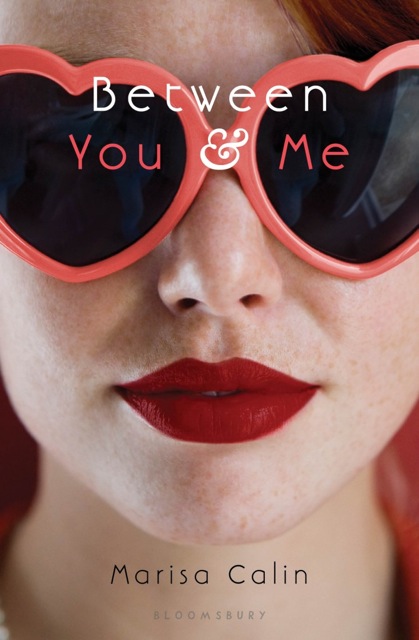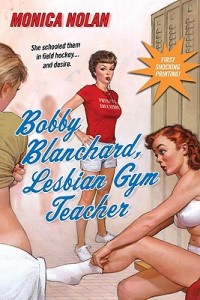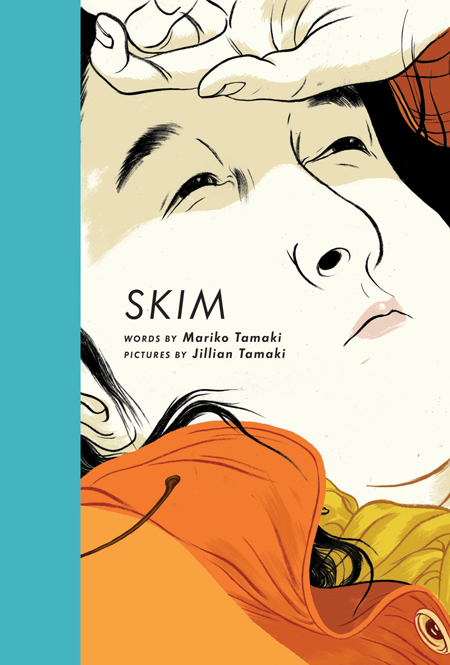
MY BEDROOM. SEPTEMBER. EVENING.
CLOSE-UP. HEART-SHAPED PINK SUNGLASSES. HIDING A FACE. MUSIC PLAYS. THE SUN FALLS ACROSS THE BEDROOM IN A BRIGHT SHAFT OF LIGHT. CUT TO: WIDE SHOT. GIRL LIES ON HER BED, PROPPED ON HER ELBOWS, CHIN IN HER HANDS.
Phyre, sixteen, that’s me! And this is my life. Or how I picture it. The door swings open and I smile up at you.
ME
Come in. Close the door behind you.
Between You & Me by Marisa Calin is written as a film script. Short scenes, dialogue-heavy, and easily visualized, the format takes a brief adjustment but overall adds to the pace of this young adult novel. The narrator and protagonist Phyre dictates the film-like shots but her control ends there: she’s helpless in high-pressure situations. Without giving too much away, I’ll say briefly if you love theatre, ladylove triangles, and a slow burner, give this novel a read.
If you’re willing to have a few more details, Phyre is a sixteen-year old girl who aspires to be an actress one day. Her best friend is only known as “you”—we know some vague details about her, but never her name. The beginning of the school year brings student teacher, Mia, who will be teaching the fall semester’s theatre class. As soon as she walks on stage, Phyre is absolutely captivated. No one else exists but Mia but who is mesmerized by Phyre?
What I really like about this novel is the lovely, nuanced relationship between Phyre and her best friend. Yes, the title could indicate that this relationship will be central to the plot, but I was pleasantly surprised by the execution. In Between Me & You, Calin delivers a real, honest friendship between two girls that is tender and low-drama. I was alongside Phyre in her unrequited love for teacher Mia (who hasn’t been there, right?) and rooting for ‘you’ to finally say what she wants to say.
If you’re a reader of young adult novels with lesbian or bi characters, you’ll know that sometimes the big ‘gay’ issue can dictate the plot. Refreshingly, this is not the case here. When Phyre realizes her crush on Mia, there is no big fuss, stressful freak out, or coming out talk. In fact, there is no mention of labels or identity crises at all. Just attraction, infatuation, and one glorious kiss to seal the deal. Happy reading!
Between Me & You is the debut novel by Marisa Calin.



